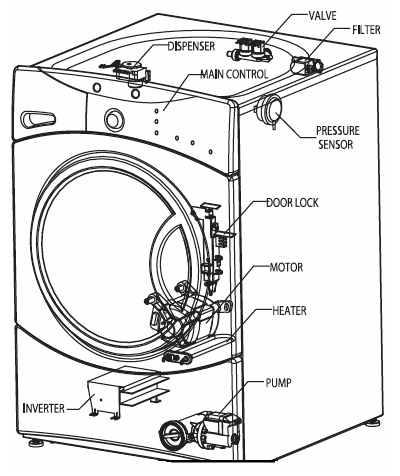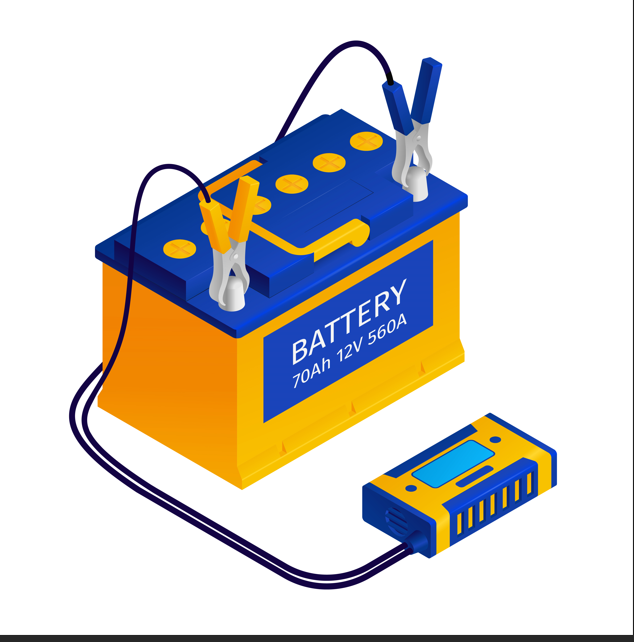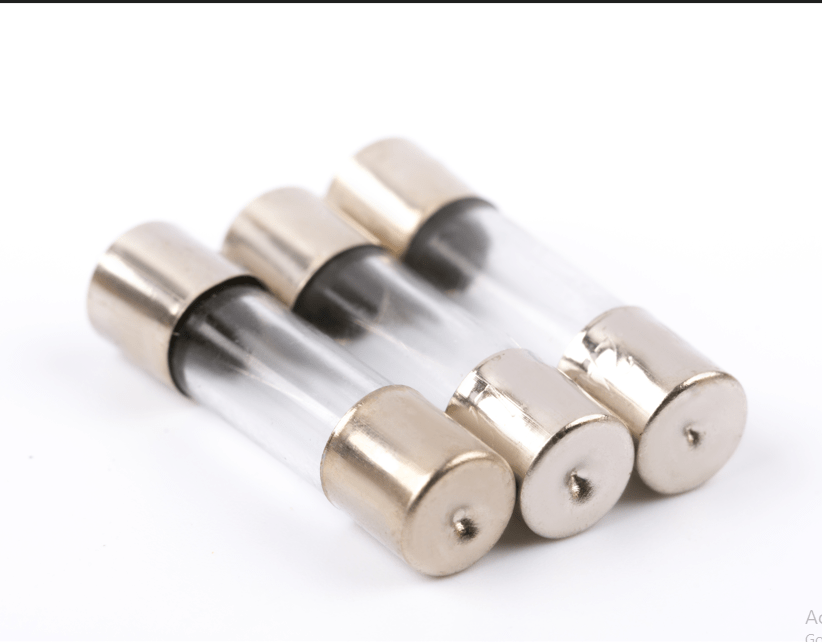Table of Contents
ToggleWashing Machine troubleshooting
Washing machine problems are of various types. However, there are certain common washing machine problems which many people have to face. If the problem is a different one, it is necessary to call the repairer, because diagnosing washing machine problems is not an easy task. Washing machine troubleshooting is no child’s play. Let’s see the different problems with washing machines and how we can deal with them.
The Washing Machine doesn’t Spin: This problem can occur if we stuff too many clothes at one time. Remove some clothes out and then try the spin cycle again with a less number of clothes. The other reasons can be broken lid switch and the tab on the lid, broken or loose belt or control problem. If we are good at home repair, we can remove the switch or belt and replace them if needed, otherwise we would need to call an expert.
Washing Machine doesn’t Drain: This problem may occur if the water pump is clogged, the belt is loose or the drainage hose is kinked. We can replace the belt or call an appliance repair person to deal with this problem.
The Washing Machine doesn’t fill with water: We might face this problem if the inlet hoses are clogged, fault in the timer, and the lid switch or the water level switch which is located in the control panel with a clear tube attached to it. With the VOM on Rx1(Volt-ohm-meter set on resistance mode), examine the three terminals and all the optional pairings to see whether you are getting a 0 reading on one and infinity reading on the others.
Washing Machine doesn’t Run: Recheck if the washing machine is plugged in (receiving electrical power). If it is plugged in and still does not work, then check the outlet with the VOM for the voltage and the power cord (if it is damaged). If all the devices are fine, then the lid switch or timer may have a problem. Call the appliance repair person and replace the parts if necessary.
Leakage in washing machine : The leakage might take place due to damaged hoses or loose connections. Check the water pump in case of a leakage.
The Washing Machine doesn’t Agitate: Check the lid switch, belt, timer or bad transmission (spin solenoid). There is a possibility that any cloth must have got wrapped around the agitator resulting in this problem.
The Washing Machine Makes Noise: This problem might occur due to unbalanced/heavy load. Do not stuff too many clothes in the machine. Remove some of the clothes and try again. If the problem does not get solved, then there might be a bad transmission or the agitator might be broken. Call the home appliances repair person to get it repaired.
Function of Washing Machine
Washing machine is the electronic home appliance used to wash the various types of clothes without applying any physical efforts. With washing machine we don’t have to rub the clothes with hand or squeeze them to remove the water from them. The washing machine does wash our clothes automatically without having to supervise its operation. All we have to do is put the clothes in the machine and select the wash mode. The washing machine automatically takes the required amount of water and detergent required. It also automatically sets the timer for washing, rinsing and drying as per the selected mode of operation.

Types of Washing Machine
1) Semi-Automatic
2) Fully Automatic- Top loading washing machine and Front loading washing machine
Semi-automatic washing machine
This has separate tubs or vessels for the washer and the drier. There are two separate timers that enable setting washing and drying times. The washing tub operates at lower speed whereas the spin drier tub operates at a higher speed. To wash the clothes, we have to put the clothes in the wash vessel, put sufficient quantity of the water and detergent and then set the timer. After the specified time, the washing machine will stop. We can remove the clothes and dry them in the sun or dry them partially in the drier vessel by setting suitable time.
Fully automatic washing machine
In fully automatic washing machine there is only one tub that serves as the washer, rinser as well as the drier. Depending on the number of clothes or the weight of the clothes, the machine takes in the sufficient amount of water and detergent automatically and sets the timer for wash and drying automatically. All we have to do is just provide the water connection, put the detergent from time-to-time in its storage space and put the clothes, the fully automatic washing machine does the rest of things automatically. Such a fully automatic washing machine uses advanced Neuro-fuzzy logic technique for taking decisions automatically. Machines with this technique uses micro programmer for their programming and can make decisions about the type of washing to be used depending upon type of fabric and the extent of dirt.
Top loading washing machine
In this washing machine the clothes are loaded and unloaded from the top of the washing machine. There is a cover at the top that helps loading and unloading of clothes in the round vessel that perform the function of the washer as well as the rinser and drier in the fully automatic washing machine. The top loading machine employs agitator type washing technique. This type of washing machine is preferred by the people who don’t want to bend the body while loading the clothes in the machine.
Front loading washing machine
In this machine the clothes are loaded from the front side. The studies have shown that the front loading washing machines consume less electric energy, water and detergent and also give better washing results compared to the top loading washing machine. This type employs drum type wash technique.
Working cycle
There are three cycles involved in washing process. i) Wash cycle ii) Rinse cycle and iii) spin cycle
Wash cycle: This cycle involves thorough cleaning of the cloths i.e., removing dirt from cloths. This is done by moving the cloths up, down, back and forth, by means of Agitator cylinder/ Tumbler washing tub, so that the cloths get mixed well with the detergents. This motion is repeated for a determined period of time.
Rinse cycle: This cycle involves discharging the detergent particles trapped in the washed fabric.
Spin cycle: This cycle involves removing out as much water as possible from the wet clothes.
Comparison of Front load and Top load Washing machines
Top load – includes a wider variety of available models, colors and features as they have been on the market longer.
Cost is less initially, but is less energy-efficient.
Offers easier access to the wash tub.
Uses regular detergent
Heater facility and separate valve for hot water only on selected models
Front load – people are used to seeing front load washers in Laundromats, many brands are now available for home use.
Can be stacked with a dryer on top to conserve space.
Spins clothes faster than a top-load, extracting more water. This saves energy (and money), because it allows you to dry a load of clothes in a shorter amount of time.
Uses less water, which lowers utility bills.
May require special detergent – model dependent
Initial cost is approximately 30% more than top load
Dryer and heater facility available.
Temperature of hot water can be set as per the requirement.
Additional facility to add fabric conditioner like blue,



Pingback: Best Washing machine brand price in US - Electricalsphere